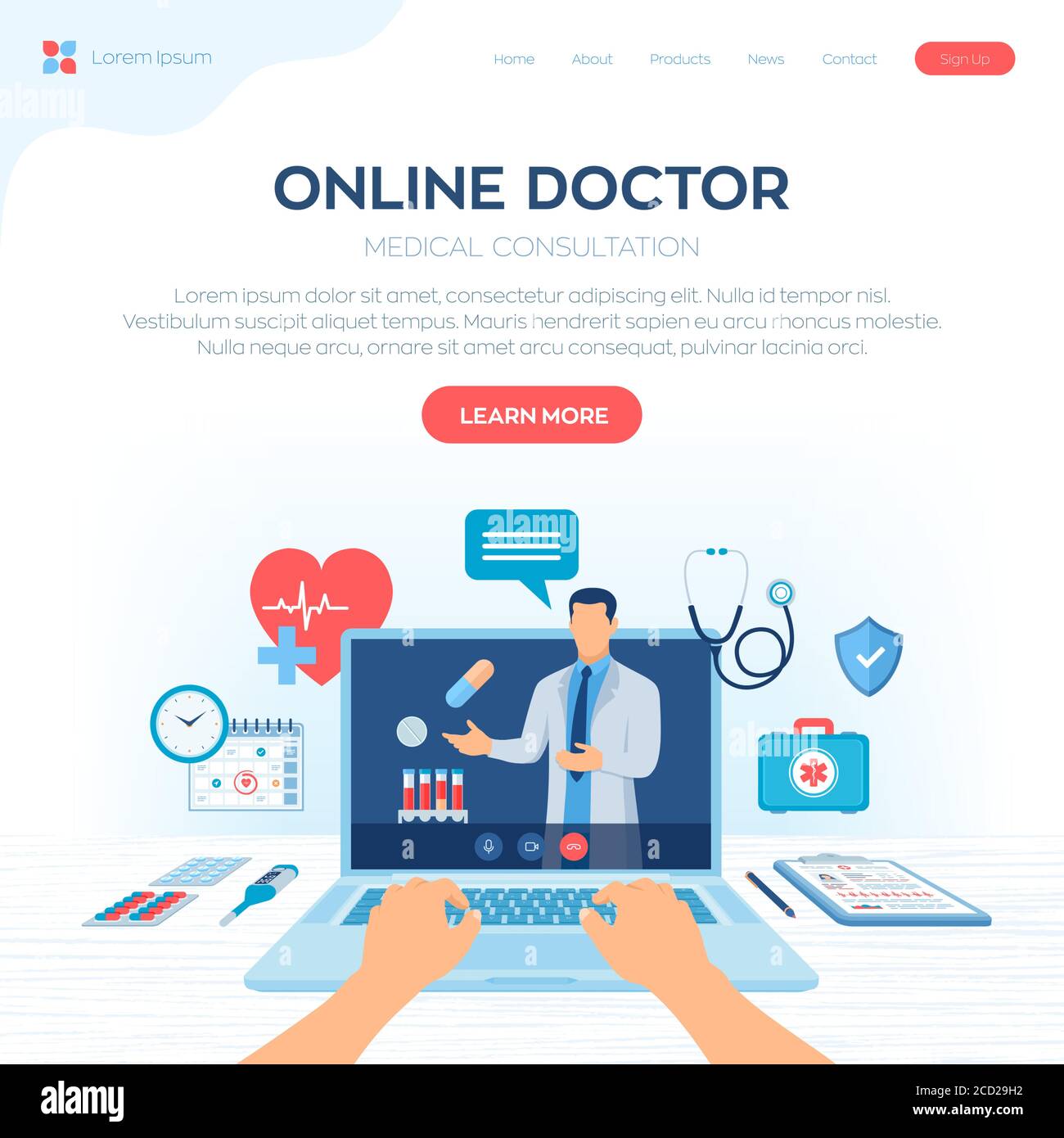Recognizing the Cost-Effectiveness of Subscription-Based Health Care Models
As the healthcare landscape progresses, subscription-based versions arise as a compelling alternative, promising to redefine just how people take care of medical costs. Reviewing these versions' cost-effectiveness necessitates a nuanced comparison with traditional insurance coverage, considering both monetary ramifications and client complete satisfaction.
Review of Subscription-Based Models
Subscription-based healthcare designs, often referred to as direct health care or attendant medicine, are increasingly obtaining attention as a possible service to inadequacies within typical medical care systems. These models operate the concept of offering individuals direct accessibility to doctor with a yearly or regular monthly charge, bypassing the requirement for standard insurance coverage devices. This setup intends to improve patient-provider communications by lowering management concerns, which typically impede personalized and prompt treatment.
At the core of subscription-based models is the focus on a much more customized patient experience. People gain from enhanced access to their physicians, usually including same-day or next-day appointments, prolonged consultation times, and straight interaction channels such as phone or video clip phone calls. This version cultivates a proactive technique to health care, where individuals and carriers can collaboratively focus on preventative treatment and persistent illness monitoring.

Cost Comparison With Traditional Insurance

One of the primary financial benefits of membership versions is transparency in costs. Conversely, traditional insurance coverage might be much more beneficial for people needing specialized care or costly therapies not covered under a membership version, as they profit from the wider protection network and cost-sharing systems.
However, cost-effectiveness is context-dependent. While membership versions could supply savings for those mainly needing primary treatment, individuals with chronic problems or specialized health care requirements might find traditional insurance policy extra thorough. Consequently, reviewing particular healthcare demands and prospective usage is important in figuring out the most economical choice for individuals.
Impact on Individual Complete Satisfaction
Person complete satisfaction within subscription-based medical care versions commonly reflects a significant enhancement over standard insurance coverage systems. This improvement is mostly connected to the customized care and availability these designs use. People regularly report greater contentment as a result of lowered delay times and the ease of scheduling appointments. Unlike traditional systems, where patients could experience hold-ups in obtaining treatment, subscription-based designs guarantee more direct and timely communications with doctor.
In addition, the openness in costs related to subscription-based medical care relieves the typical disappointments associated with unanticipated fees and intricate invoicing procedures seen in standard insurance coverage (subscription based healthcare). Patients value knowing the precise financial commitment upfront, bring about boosted trust and confidence in their medical care monitoring
Additionally, the focus on preventive care and health in subscription designs adds to improved health and wellness end results, even more enhancing person complete satisfaction. By concentrating on ongoing health care instead than episodic care, individuals experience an even more continual and holistic health care trip.
Furthermore, the improved provider-patient connection cultivated in these models, characterized by more time spent per individual and personalized interest, plays a critical role in elevating client contentment degrees, as patients feel genuinely looked after and recognized.
Service Provider Point Of Views and Experiences
From the supplier's perspective, subscription-based health care designs use a transformative strategy to delivering medical services. These models emphasize a preventative and proactive healthcare strategy, allowing service providers to focus on comprehensive person treatment without the restraints of standard fee-for-service plans (subscription based healthcare). This shift in focus frequently results in improved person end results and increased provider satisfaction, as healthcare specialists can designate more time and resources to person involvement and customized care strategies
Additionally, membership models facilitate foreseeable profits streams, which enhance economic stability for doctor. This predictability permits enhanced source preparation and allocation, adding to a much more reliable healthcare shipment system. Service providers can purchase personnel facilities, training, and modern technology enhancements, thus boosting the quality of care supplied.
Nevertheless, the transition to subscription-based designs is not without challenges. Providers must adjust to brand-new operational structures, which can special info entail substantial modifications dig this in billing practices and person administration systems. Furthermore, there is a fundamental requirement for durable data management to track person results and make certain high quality care. Regardless of these hurdles, several carriers locate that the advantages of enhanced client interaction and structured operations outweigh the first challenges, making subscription-based designs an appealing choice.
Future Leads and Difficulties

A primary challenge is governing compliance, as subscription versions must follow developing healthcare policies and insurance coverage demands. This demands continuous adjustment and innovation to navigate to this site make certain placement with legal requirements. Furthermore, incorporating these versions right into existing healthcare facilities can be complex, requiring significant financial investments in technology and training.
There is likewise the prospective threat of creating injustices in healthcare accessibility, as subscription designs could prefer those that can afford them, leaving at risk populations underserved. Resolving this needs thoughtful factor to consider of rates methods and subsidy devices to make certain inclusivity.
Conclusion
Subscription-based health care models present a practical alternative to typical insurance by providing economic predictability and openness, particularly profiting people with persistent problems or constant medical care requirements. The cost-effectiveness of these designs is contingent upon specific health care usage patterns and scenarios.
Subscription-based healthcare versions, often referred to as direct main care or concierge medication, are significantly acquiring interest as a prospective option to ineffectiveness within typical medical care systems. Unlike traditional systems, where people could experience delays in receiving care, subscription-based models make certain more prompt and straight communications with health care suppliers.
These models highlight a preventative and proactive medical care strategy, allowing providers to concentrate on detailed patient treatment without the restraints of traditional fee-for-service setups. As these versions proceed to gain traction, they offer the possible to change individual accessibility to care, enhance service delivery, and maximize health care spending.Subscription-based medical care designs provide a viable option to traditional insurance policy by using economic predictability and transparency, particularly benefiting individuals with persistent problems or constant health care demands.